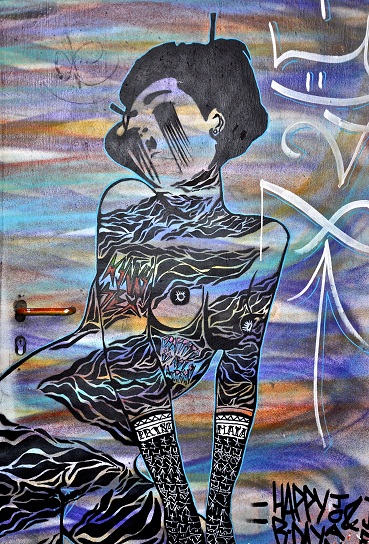Although modern art in Italy has not made as big a mark on the world of art as renaissance art from Italy, it has nevertheless been interesting in that it is primarily characterised by a lack of clear association to Italian art from previous eras including Roman art and Christian art.

Futurism & Modern Art in Italy
Futurism is a school of art that came about as a direct result of the industrial revolution. The basic idea that propelled the futurist school of art in Italy was that the events of the industrial revolution had brought about fundamental and drastic changes to the world which meant it was changed forever, and as such modern art should reflect the new world and not rely upon the traditions of art from previous eras, whether they be Roman art, Christian art or even Renaissance art.
Futurism was largely about Man conquering nature and subjugating it. The futurist school of art in Italy is largely believed to have started at the beginning of the 20th century by Filippo Tommaso Marinetti who espoused futurist ideals through his poetry.
Although the futurist movement of modern art in Italy had followers in several disciplines of the arts, it was a school of art that remained largely confined to Italy. Nevertheless, the Futurist art school in Italy is believed to have paved the way for later artistic expressions such as cubism which was picked up by artists as far away as Spain, such as Picasso.
Metaphysical School of Modern art in Italy
In stark contrast to futurism, the other notable school of art to arise out of Italy in the 20th century was the Metaphysical art movement.
This movement was concerned primarily with the workings of the subconscious mind and its effects on our every day being. Giorgo De Chiricio is the Italian artist who founded this school which is believed to have influenced the Surrealist school of art which developed later and dominated art in Europe.
Typical works of art from the Metaphysical school in Italy would include a series of disjointed images reminiscent of dreams which are the domain of the sub conscious.
Classical Modern Art in Italy
Although the Classical Modern school of art was popular across much of Europe at the beginning of the 20th century, several Italian artists were central to this school of modern art. Leading Italian artists who were part of this modern art movement in Italy include painters such as Pietro Annigone and sculptures such as Arturo Martini and Giacomo Manzu.
Modern Christian Art in Italy
Art in Italy can no longer be described as religious in totality because it is no longer the preserve of the church to direct such things in a secular state. However, there are still Italian artists who deal with Christian themes. One such artist is Giacomo Manza who has been influential in the field of Christian sculpture during the 2oth Century. The Bronze door of St Peter’s Basilica was made by Manza.




